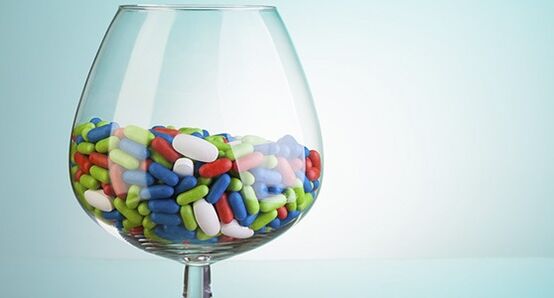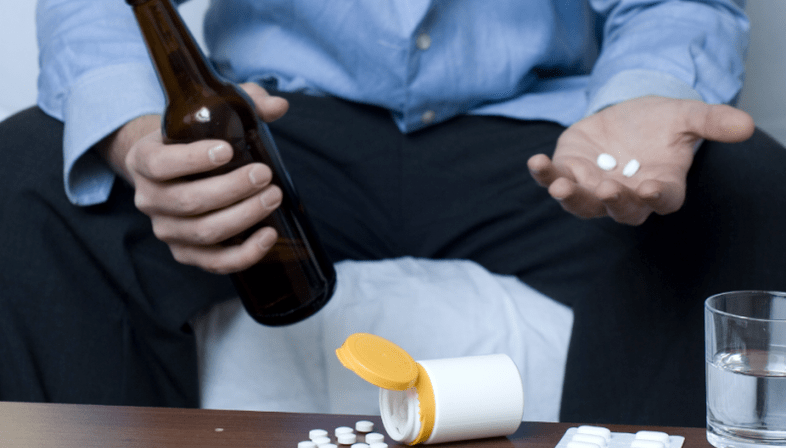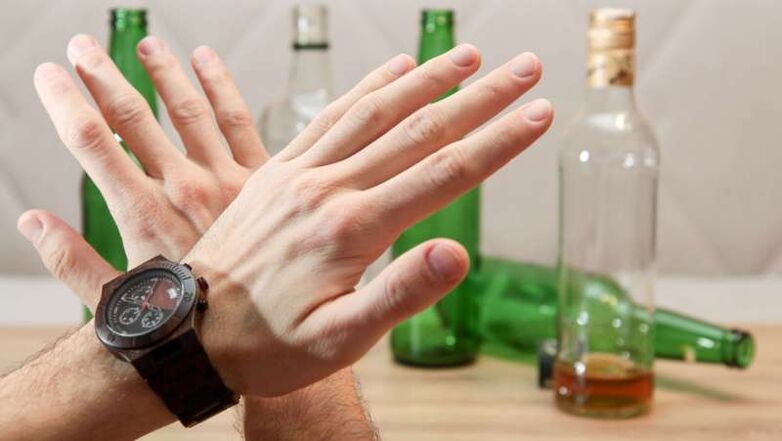Is it possible to combine alcohol and antibiotics? Even doctors do not know the exact answer to this popular question. While some strongly oppose such duets, others believe that it is important to consider what kind of alcohol you drink and how much you drink. There is a third opinion that a competent approach to the problem can be successfully treated by maintaining social activity.

Is it really necessary to give up alcohol along with a course of antibiotics? Let's understand this.
Much depends on the active ingredient of the drug. Some antibiotics are not at all friendly to alcohol, while others may interact normally. Of course, after reading this article, it is not worth mixing alcohol with pills. However, knowing some things is not a panic, it will help you understand the problem, if for some reason you still drank alcohol during antibiotic therapy.
Antibiotics and alcohol: myths and legends
There is a version that scary stories about the combination of alcohol and antibiotics began to spread after the war. The first legend says that during this period, venereal clinics in our country and abroad were simply overcrowded. The patients are soldiers and officers who have fully experienced the "charm" of the military situation. The medical staff especially warned the patients about the terrible consequences of the combination of alcohol and antibiotics, because after drinking, patients can again have all the serious problems, and the result of such "exploits" could be a new sexually transmitted infection.
Another legend says that penicillin evaporates from the urine of treated soldiers because it is difficult to obtain. For this reason, soldiers were forbidden to drink beer during treatment.
The danger of drinking alcohol while taking antibiotics is in the air, and modern people prefer to avoid such mixtures. But what does evidence-based medicine think about this?

What do studies say?
At the beginning of the 21st century, research was conducted on the effects of ethanol on various antibiotics. Experiments on laboratory animals and human volunteers have shown that alcohol does not affect most antibiotics.
Thus, the antibiotics studied in the experimental and control groups were equally effective. No significant deviations in the mechanisms of absorption, distribution and excretion of decay products have been identified.
By the way, there is a hypothesis that alcohol intake increases the adverse effects of antibiotics on the liver. In the medical literature, such cases are rarely described because they are rare (up to 10, 000 per 100, 000). At the same time, no additional research has been conducted in this regard. Are all fears unfounded?

Which antibiotics can not be combined with alcohol
No, the fears are not unfounded: there are a number of antibiotics that cause extremely unpleasant symptoms when in contact with alcohol - a so-called disulfiram-like reaction. The reaction occurs during the chemical interaction of ethanol with some specific antibiotic molecules, resulting in changes in the metabolism of ethyl alcohol in the body. In particular, there is the accumulation of an intermediate substance - acetaldehyde. Intoxication with this substance gives the following symptoms:
- severe headache
- call for nausea and vomiting
- increased heart rate
- redness of the face, neck, chest, they have "heat"
- intermittent heavy breathing
- limb cramps
Alcohol in large doses can be fatal!
These symptoms are very difficult to tolerate, often leading to fear of suffocation or death. A disulfiram-like reaction is used in clinics to treat alcoholism ("coding").

Antibiotics that can cause these symptoms:
- The active substance is metronidazole
- The active substance is ketoconazole (for example, in the form of a suppository is prescribed for thrush)
- The active ingredient is furazolidone (prescribed for food poisoning or diarrhea of unknown nature)
- The active substance is chloramphenicol (toxic, rarely used: for infections of the urinary tract, bile ducts and some other diseases)
- active substance co-trimoxazole (can be prescribed for infections of the respiratory tract, kidneys and urinary tract, prostatitis)
- The active ingredient is lornoxicam (used in the treatment of bacterial infections of the respiratory and ENT organs, kidneys, urinary tract, etc. ).
- The active ingredient is tinidazole (often prescribed for infection with Helicobacter pylori, which causes stomach ulcers)
- active ingredient cefamandole (injection for undiagnosed infections)
- The active ingredient is cefoperazone (available in the form of needles, they treat pneumonia, bacterial diseases of the genitourinary system and other diseases of the respiratory tract)
- The active substance is moxifloxacin (broad-spectrum antibiotic, prescribed for severe conditions, including fever, when a bacterial infection is suspected)
Alcohol should be avoided during treatment with these drugs (both oral medications and suppositories or eye drops)!
Check with your doctor to make sure that your antibiotic does not belong to the group of drugs that are prohibited in combination with alcohol, and read the instructions for the drug carefully.

Rational decision
When treating any disease with antibiotics, you should never overload your body with alcohol. After all, like any toxic substance, ethanol requires "neutralization" in the body. The body builds up extra reserves to fight toxins, often the latter, especially if the disease is protracted. Spending energy on cleansing the body can damage the immune system and significantly increase recovery time.
In addition, research and medical practice confirm that both alcohol and antibiotics have a depressant effect on the liver.
Although experts are divided on the compatibility of alcohol and antibacterial agents (with the exception of drugs in the restricted category), most people believe that it is better to abstain from alcohol during antibiotic therapy. . You should also know that if you still drank a glass of wine during therapy, you should not give up the next antibiotic (unless, of course, it is a drug that has no contraindications to alcohol).































